
views

First of all, get a good lubricant: Vitamin E oil (jar or pill form), jojoba oil, olive oil, or emu oil are commonly used. This assures a smooth painless insertion of jewelry. Do not, under ANY circumstances, use Vaseline.
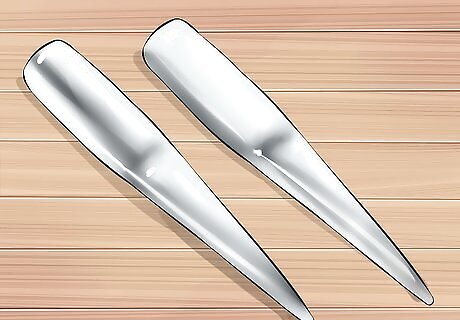
Have a clean taper at hand; if it is made of surgical 316L steel, or glass, it can be autoclaved at a piercing shop. (316L steel is a very low grade of steel. When looking for jewelry, look for 316LVM. Surgical Steel does not mean implant grade, and should be avoided.)
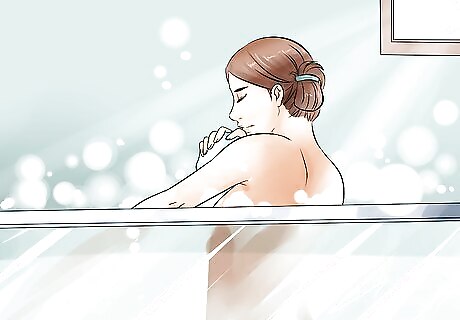
Once that is done, some recommend taking a hot shower to open the pores of your skin and increase blood circulation in the area to aid elasticity.
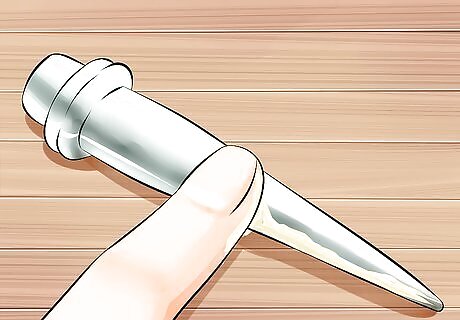
After that, rub the lubricant onto the taper and slowly move it into the earlobe. Careful! We don't want to tear it. Be aware as this is where most blowouts occur; the fistula is being pushed out to the opposite side of insertion. If a blowout does happen to appear at any point of tapering, an upgrade to taping may be the way to go. If you don't want to do the taping method, you must downsize to the size that you were beforehand.
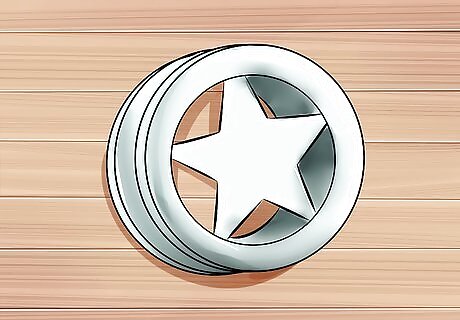
Next, make sure that jewellery (plug, tunnel, earring, etc.) is clean and at hand. (Autoclave is the safest way because the micro tears in your skin make you vulnerable to microbes.) Do not leave tapers in for any amount of time as it will result in uneven weight distribution, greatly increasing the chances of a blowout.
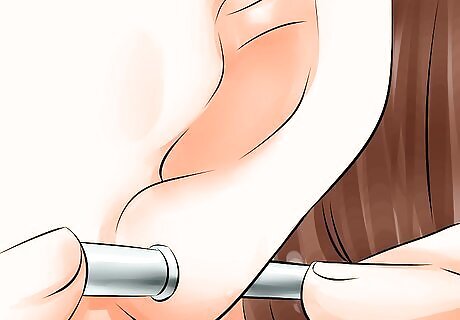
Then, place the jewelry behind the taper and slowly move the taper out and push the jewelry through.

+Preventing a blowout is just that - prevention.

+Never carry out a stretch if it is painful - this means your ear is not ready to stretch. Listen to your body. While some discomfort is expected and a mild stinging, it should be easy, not painful.

+If your ears bleed or are infected, remove the new size and downsize to your previous size or smaller. Allow plenty of time to heal properly with warm saline solution (or sea salt soak) twice daily then follow with oil massages, and wait before you stretch again. Apart from listening to your body, this is the next best thing you can do. Bleeding stretches are a sign of tearing somewhere in the fistula; if not healed properly, this can create a blowout during future stretches.












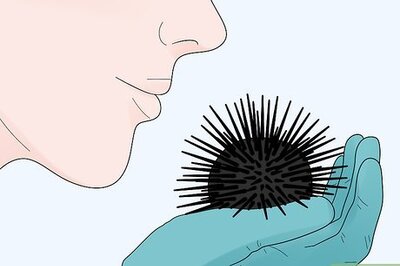


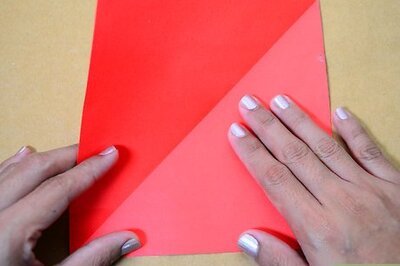




Comments
0 comment